3D software comparison – which one is best for casual/hobby 3D artists?
My daytime job is photography, as well as IT. So I don’t consider myself a “professional” 3d artist of course. I love to use it to create artwork that intertwines with photography and creating artificial realities – but (so far at least) just for the pure joy of it. This has one important implication for my choice of 3D platform. If it’s over-complicated, I’m running the risk that I’ll forget the important parts between projects (which is sometimes months). Nevertheless, at the beginning of this year I really wanted to do a more thorough 3D software comparison (including render engine) to evaluate which one would suit me best. I was looking for software that would check the following boxes:
- intuitive interface! intuitive as in “easy to remember/find”
- availability of good documentation/tutorials
- good learning path (easy to get into, but with my handy features to speed up the workflow)
- support community
- availability of great (photorealistic) render engines
- stability
I’d imagine a very common criteria would also be the price. Yes, 3D software is mostly anywhere between expensive and really expensive. I’m in the lucky situation that my daytime job at the university makes me eligible for the academic versions. The only limitation is that I’m not allowed to produce anything with these for commercial purposes. Totally fine with me. But if I had to pay full-price, I’d probably look a little more closely at Blender and SketchUp. Modo, while still costing something, is also much less expensive than the software programs shown here by the way. I also have to say, the ability to rent Maya and 3ds Max on a per-month basis makes them attractive to casual users too. Let’s hope Maxon implements this licensing scheme as an option as well in the future.
I’ve been using C4D for about 2-3 years now as a means to enter into the world of 3D. But I did intend to eventually move up the perceived scale towards a “real” 3D software with all the bells and whistles. However as I now found out, no single program has all the bells and whistles. Some are missing the bells, others the whistles. And others replace them completely with shakers and trumpets (Hello Mr. ZBrush). What I was missing, was THIS, a 3D software comparison for the casual 3d guy.
You might be correct in your suspicion that a hobbyist wouldn’t make the best reviewer to compare these platforms. But from the perspective OF a hobbyist I think I can give some very valuable insight into the distinctions of these platforms FOR hobbyist purposes. Maybe this won’t include things like pipeline integration or even rigging and animation, because those features are irrelevant for me. My goal is to create photorealistic still images that I can use to blend with my photography. Your millage may vary.
Cinema 4D Studio (R19) – (3695 $ perpetual license)
Things I like:
- Very intuitive interface
- Great modelling tools (easy to learn and designed for efficiency)
- MoGraph
- Fantastic noise shaders (and fast too!)
- customisability
- GreyScaleGorilla is a dream come true for C4D beginners. Great tutorials, blogs and podcasts. For German users: Uli Staiger’s tutorial videos are essentially the best software tutorials I’ve ever watched (and I watched a ton of them)
- built-in render engine (AR) absolutely useable and a very decent way to start learning about rendering and materials. But there are many 3rd party render engines available. I intend to publish a separate article comparing those in the next couple of days – stay tuned.
- very fair pricing for academic/educational users.
Things I dislike:
- > 2 million polygons and C4D will crawl to a halt. In comparison, Maya can handle 80 Mio polygons easily
- Smoothing (Subdivision Surface) missing some advanced features known from Maya, 3ds max or Modo.
- built-in UV tools are a very outdated and cumbersome. Wake up Maxon!
- the step from primitive shape to editable mesh is always destructive (unlike e.g. Maya’s construction history). There are deformers that create a sense of non-destructive editing, but they quickly slow down the viewport. In essence, it’s hard to decide when to convert primitives to polygons. But at some point it must be done in any high-polygon scene.
- no fast switching shortcut keys to switch modes (you can toggle through all modes using the Enter key, but that’s not really handy).
- I would be great to have an interactive creation mode for primitives too (like in 3ds max or maya, see bellow).
Maya (2018) – (currently 1128.75 $ per year, monthly subscription possible)
Things I like:
- Non-destructive modelling, shapes can retain their primitives’ parameters
- Fantastic combination of Polygon modelling and NURBS modelling, this creates some incredibly powerful modelling options
- High polygon count
- great tutorials out there
- UV tools are really good, supposedly Rigging is fantastic too (but I never use that)
- great looking UI (I know, I know, … but it’s so pretty!)
- you can edit the mesh while the smoothing preview is on (no guess work with the SDS cage, like in C4D…)
- great interactive creation mode for primitives! (see example bellow)
- academic/educational version for free!
- since the current version includes the Arnold render engine.
Things I dislike:
- non-destructive workflow makes things quickly very complex. I mean, very VERY complex
- my MacOS version constantly crashed, sometimes with features that were touted as great benefits of Maya over other software
- missing features for temporarily creating new primitives in specific positions/orientations (in C4D: “align workplane to selection”). There are some tools for constraining, but their are not very easily accessible and handy for modelling.
- made for large studio pipelines with hunderts of people. No wonder it’s complicated…
Link to Autodesk Maya’s website
3ds Max (2019) – (currently 1128.75 $ per year, monthly subscription possible)
Things I like:
- Great selection of render engines, including V-ray, Octane, Fstorm, Corona, Maxwell, etc.
- very powerful swift loop tool (C4D: knife tool) with great modifier key options.
- Forest Pack by iToo seems like a really great scatter tool for creating natural looking forests.
- Great interactive mode for creating primitive shapes (similar to Maya)
- academic/educational version is also free!
- Arnold render engine now included
Things I dislike:
- Windows PC-only. Not a huge deal for me, since I work on both OS. But I do prefer MacOS.
- Default navigation method seems very strange, can be changed to Maya navigation, but that stops other crucial shortcuts from working, like shift-cloning
- Modelling missing some practical features, I think you’d actually be much faster modelling with C4D – at least polymodelling
- The support community seems to loose trust in 3ds max – some bugs havent’ been fixed in years. And new version don’t have many useful new features. Autodesk seems to be the Adobe of the 3D market…
What about ZBrush (2018, 795 $)?
ZBrush cannot really “compete” with the other 3D engines, simply because it’s a completely different beast altogether. I probably don’t have to tell you what ZBrush actually is. But I wanted to add it just for completeness. Because you could, in theory do everything in ZBrush. Nobody in their right mind would do it, but you could…
Things I like:
- Sculpting feels phenomenal, organic with lots of detail.
- very powerful tools and options
- New Sculptris Pro feature of ZBrush 2018 makes things a lot easier
- Very nice UV tool!
- Great at baking out texture maps for low poly meshes
- Retopology with one click. The results are good enough for my purposes, but will make it difficult to animate the meshes.
- A huuuuuge amount of free youtube tutorials and training material on Pixologic’s website. Well done!
- Pixologic is listening to its users and each software version really is a big step forward.
- meant to be used with a stylus and tablet (or Cintiq).
Things I dislike:
- exotic interface and weird navigation. Using ZBrush as a new user is like switching your writing hand. Other naming convensions, other UI layout madness, etc.
- lots and lots of shortcut-only features that a casual user will completely forget inbetween projects. I had to write down many of the workflows so that I could recall them the next time I’d be using ZBrush. Things like baking.
- in the past some instability issues, 2018 version seems more stable (but I’ve only started to use it).
- Very limited rendering options: ZBrush’s own PBR render (unusable mostly) or Keyshot (very limited, but at least photorealistic looking)
What about SketchUp, Modo, Rhino and most of all Blender??
I have no experience with these, except watching a few introductory tutorials for each platform. However, If you’d like to contribute your own pros/cons for these platforms in the comments, I’d be very appreciative! Because let’s face it, there is nothing worse than starting to learn a new software, only to find out weeks later, that doesn’t have a crucial feature. Usually if that happens to me and I ask about it in the support forums, the response is “yeah, that’s something XYZ is really bad at. We all learned to live with it”. That’s precisely the reason I wrote this blog article, btw. So let’s pull our resources and share these major platform caveats so every casual user has a greater chance of starting with the platform that makes the most sense to them. For me it’s Cinema 4D – but maybe I might have been better off with Blender, Modo or even SketchUp…
In Conclusion
If you’re starting out and have the means to buy Cinema 4D, it’s a fantastic package to step into the world of 3D. The German software maker Maxon really created a package that not only is easy to learn but also rewards the user with optional shortcuts which they start using over time, hereby constantly speeding up their workflow. Of course I wish the things I described as lacking would be fixed, but in comparison to the other two softwares from Autodesk Cinema 4D offers a very attractive package for use regular joes with daytime jobs outside of the 3D market. Well, that is if you disregard the price. Let’s hope Maxon sees us casual users as a potential market and starts to offer monthly subscriptions (as an option!!).
I hope my 3D software comparison has helped YOU. Feel free to comment with your own likes/dislikes. Maybe you even use a software not mentioned here and could provide your own insight into it. That would be GREAT!
Also keep an eye out for the upcoming article on choosing the right render engine (for C4D). We’ll compare C4D’s built-in Physical render engine, VrayForC4D (3.6) and Octane (3.07). Until then happy modelling!


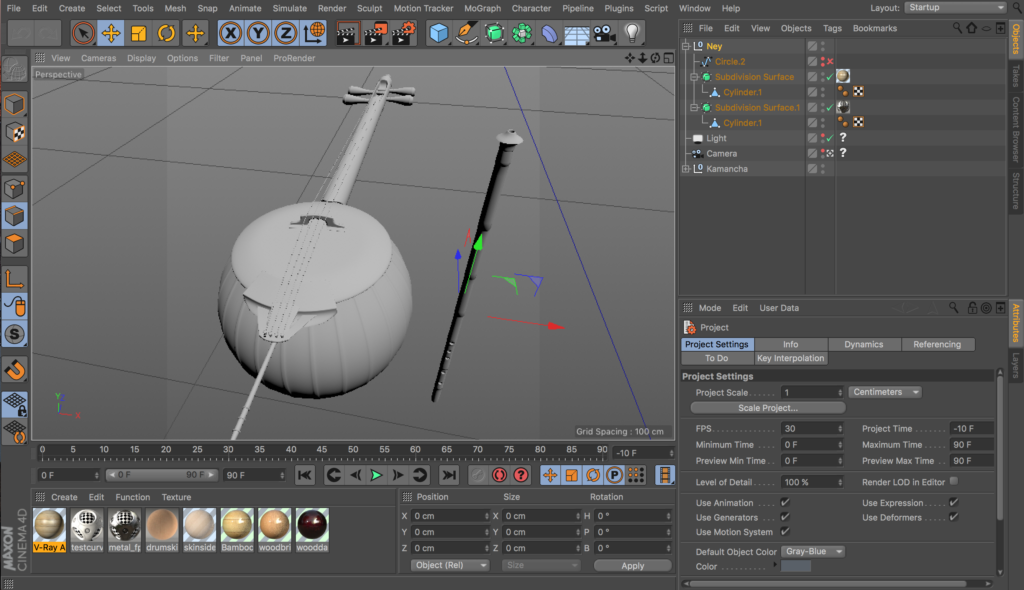
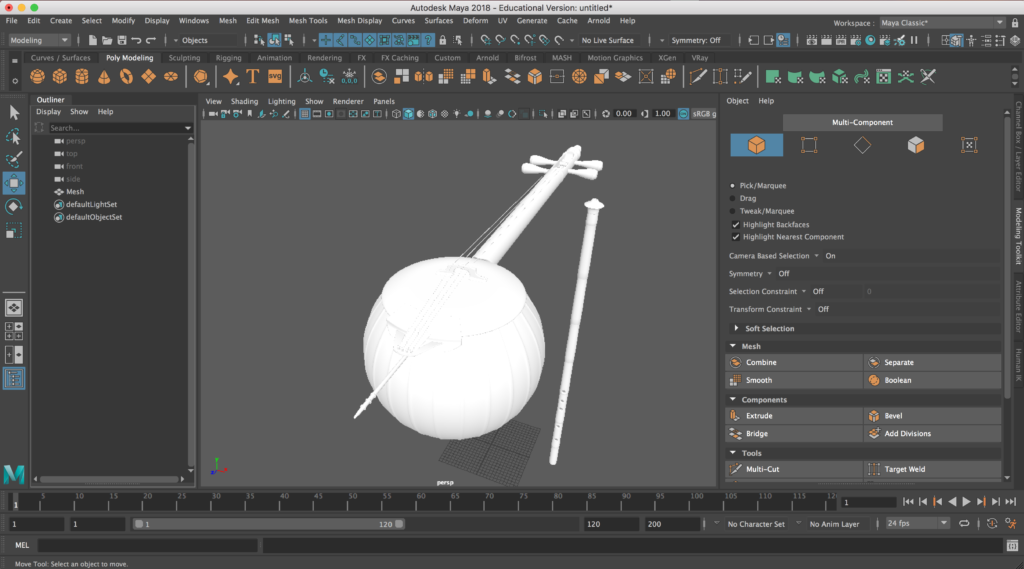
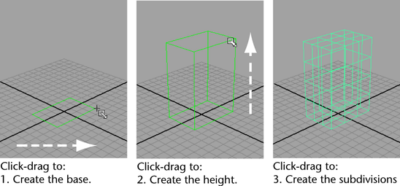
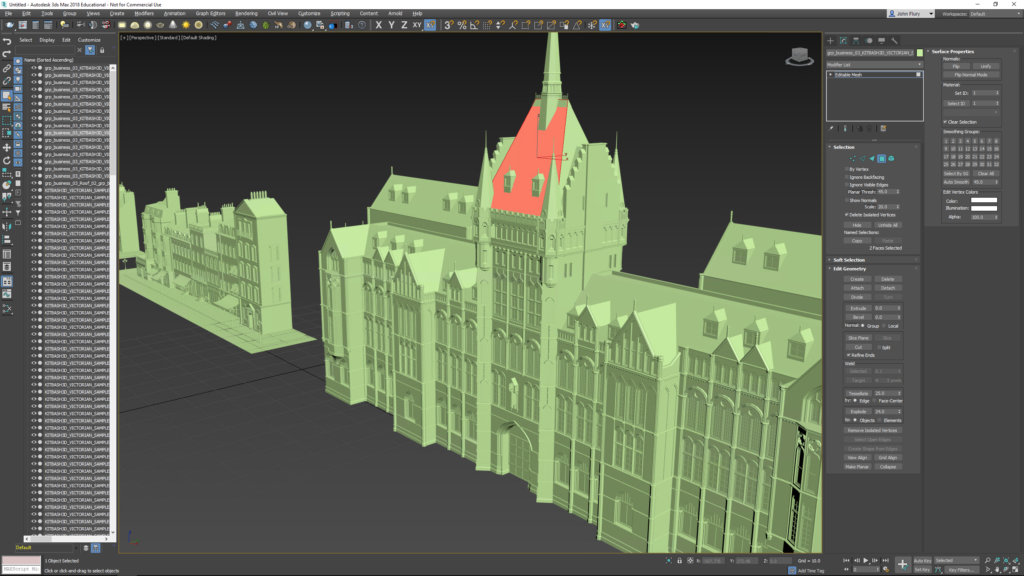
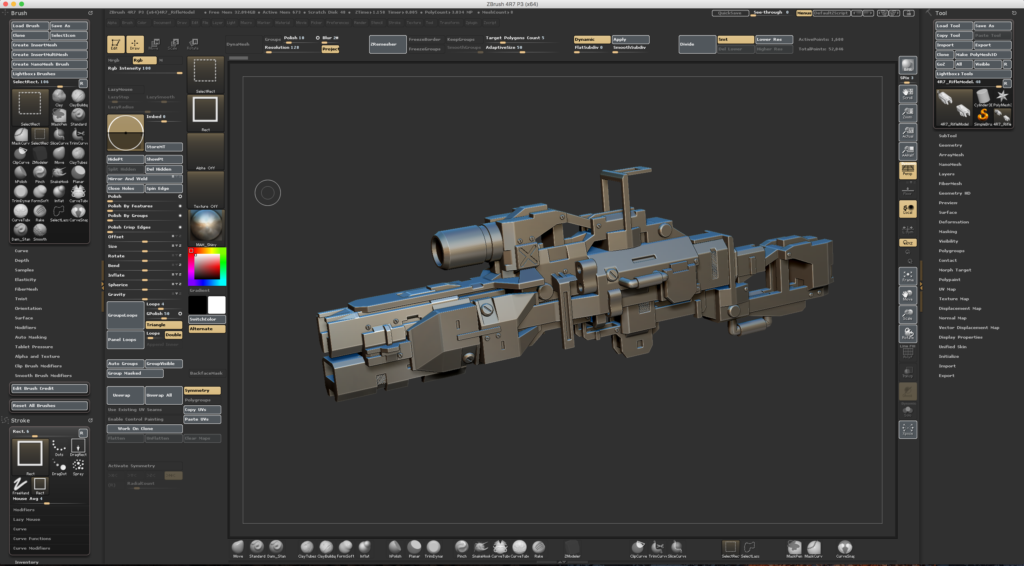
“2 Mio polygons and C4D will crawl to a halt. In comparison Maya can handle 80 Mio polygons easily.”
What is “Mio polygons” bro, I cannot find that anywhere on Google. Did you mean “million polygons”. Please let me know by email. Thank you very much.
Sorry about that. In German we abbreviate million with Mio. So yes, you are correct. In C4D more that 2 million ploygons are a bad thing for performance. Also a lot of generators are a problem. There are ways around that, but compared to Maya and 3Ds Max it‘s clearly a limitation.
Amazing article!
I have read lots of blogs comparing 3d softwares, but yours is really objective and hits the mark.
The lists of pros and cons are indeed the key points in my experiences of learning and tuning these softwares.
Thanks for your kind sharing and useful suggestions!
Thank you for your comment! Very glad it was helpful in your decision making process. I wish you lots of joy and success with your journey within the 3D world!